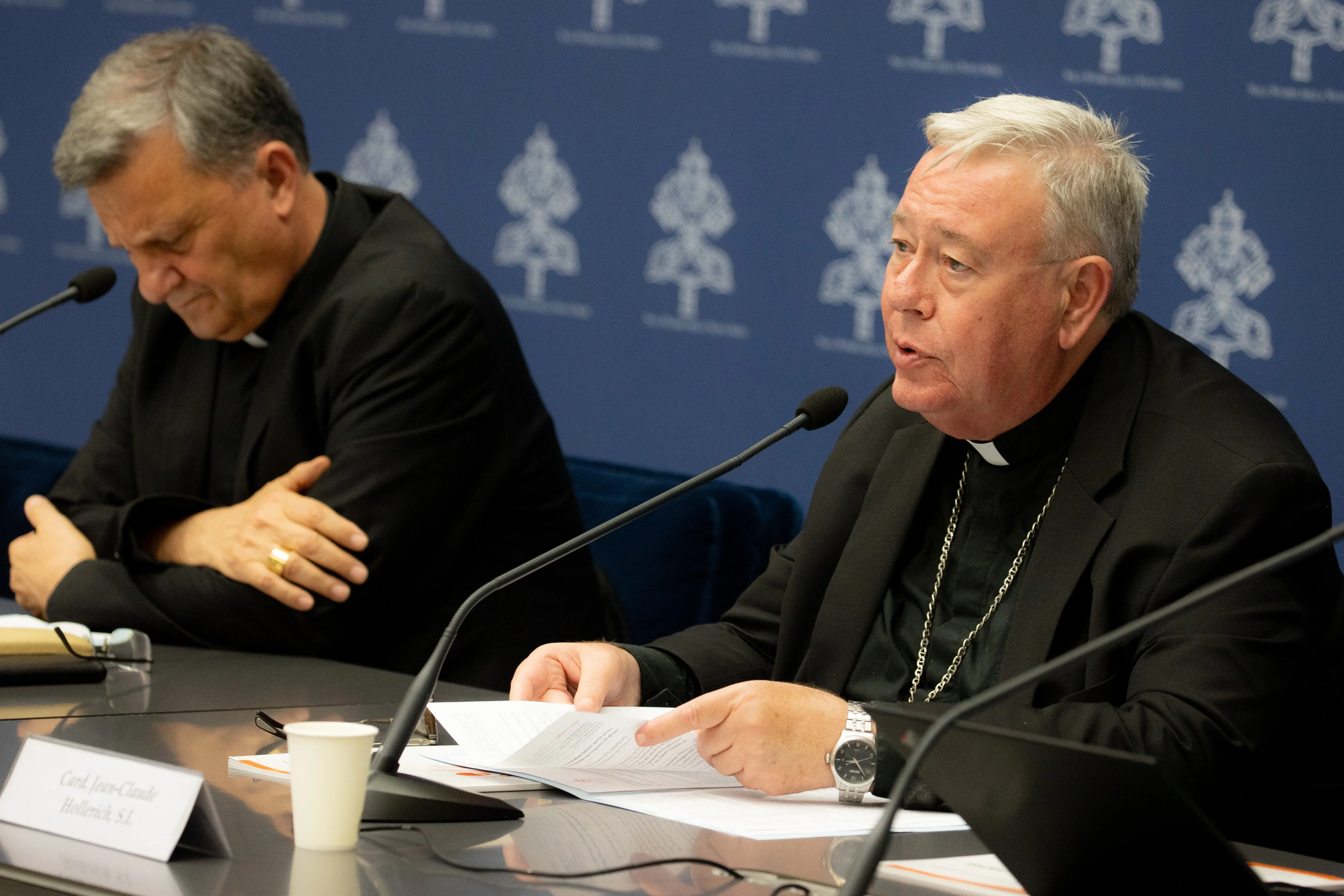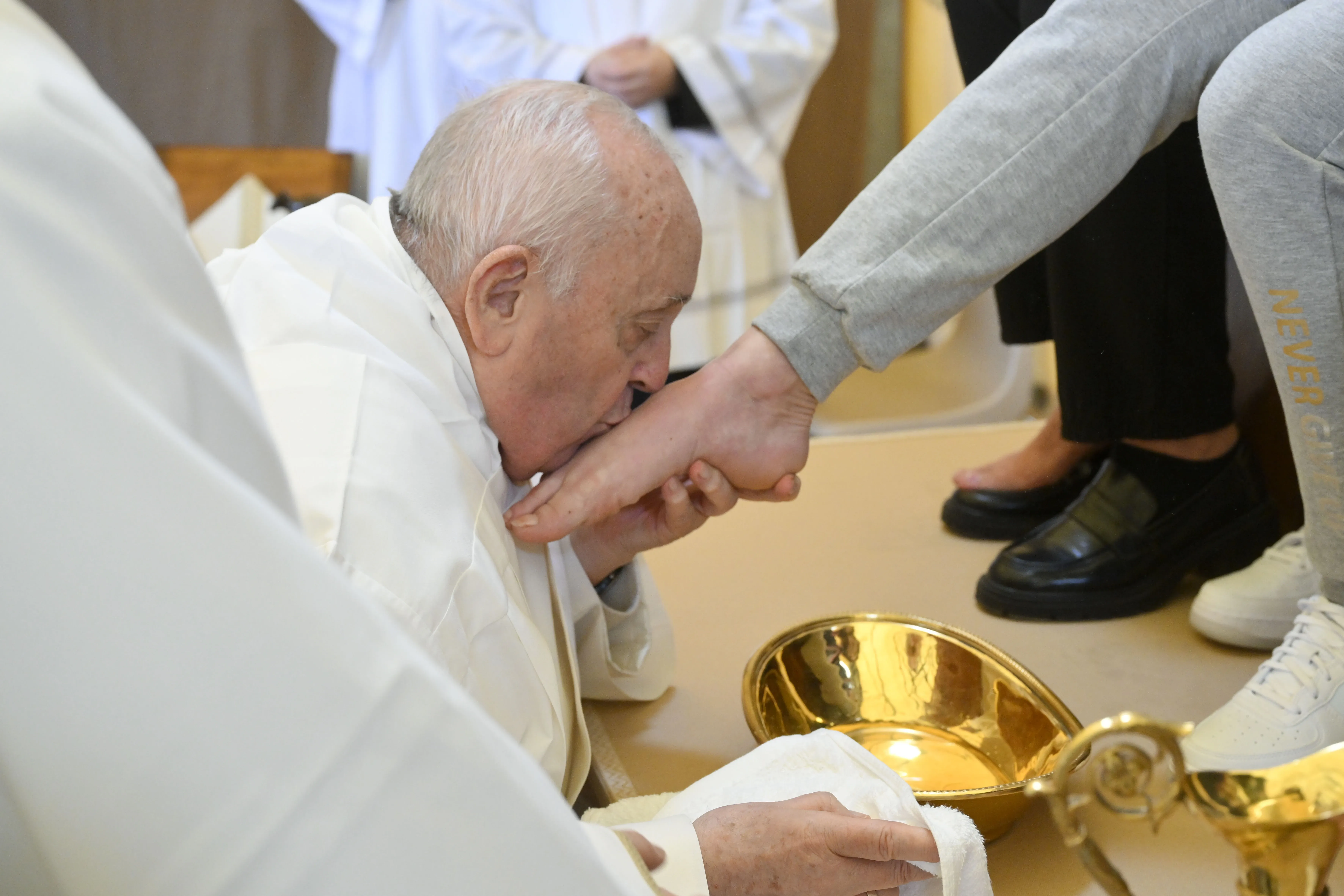A synod is a meeting of bishops gathered to discuss a topic of theological or pastoral significance in order to prepare a document of advice or counsel to the pope.
For the first time, the Synod of Bishops in 2023 included voting delegates who are not bishops. Nearly a third of the 364 voting delegates were chosen directly by the pope, including laypeople, priests, consecrated women, and deacons. Fifty-four voting members are women.
Who are the participants?
The General Secretariat of the Synod of Bishops has reported that the initial diocesan listening phase concluded with the participation of 112 out of 114 of the world’s Catholic bishops’ conferences.
According to a report from the U.S. bishops’ conference, about 700,000 people participated in the diocesan phase of the synod in the U.S. out of 66.8 million Catholics in the country, or about 1%.
(Story continues below)
The October assembly will include 368 voting members and 96 nonvoting participants.
Who are the key organizers of the Synod on Synodality?
Cardinal Jean-Claude Hollerich, the 66-year-old archbishop of Luxembourg, remains one of the leading organizers of the Synod on Synodality as the relator general. The Jesuit cardinal is a member of Pope Francis’ council of cardinal advisers. In a March 2023 interview, Hollerich expressed openness to the possibility of women priests in the future and described the part of Church teaching calling homosexuality “intrinsically disordered” as “a bit dubious.”
Cardinal Mario Grech continues to serve as the secretary general for the Synod of Bishops. The former bishop of Gozo, Malta, Grech was one of two authors of the Maltese bishops’ controversial pastoral guidelines on Amoris Laetitia, which stated that divorced and remarried Catholics, in certain cases and after “honest discernment,” could receive Communion. In 2022, Grech decried the public criticism of the German “Synodal Way” as “denunciation.”
What happens after the synod?
The October 2024 assembly marks the end of the discernment phase. The next phase will focus on implementation. Fifteen study groups, formed to address topics from the 2023 session, will continue their work through June 2025. So while they will provide progress updates at the beginning of the October session, their work extends past the October synod.
The Instrumentum Laboris asserts that “without tangible changes, the vision of a synodal Church will not be credible.”
Is there a prayer for the Synod on Synodality?
The following “Prayer of Invocation to the Holy Spirit” was published by the organizers:
“We stand before you, Holy Spirit, as we gather together in your name. With you alone to guide us, make yourself at home in our hearts; teach us the way we must go and how we are to pursue it. We are weak and sinful; do not let us promote disorder. Do not let ignorance lead us down the wrong path nor partiality influence our actions. Let us find in you our unity so that we may journey together to eternal life and not stray from the way of truth and what is right. All this we ask of you, who are at work in every place and time, in the communion of the Father and the Son, forever and ever. Amen.”
This article was updated on Sept. 20, 2024.
Courtney Mares is a Rome Correspondent for Catholic News Agency. A graduate of Harvard University, she has reported from news bureaus on three continents and was awarded the Gardner Fellowship for her work with North Korean refugees.








